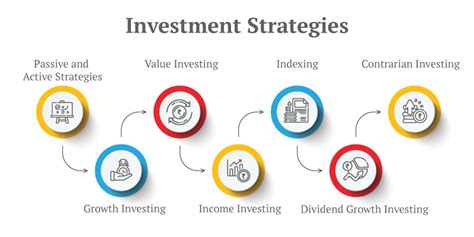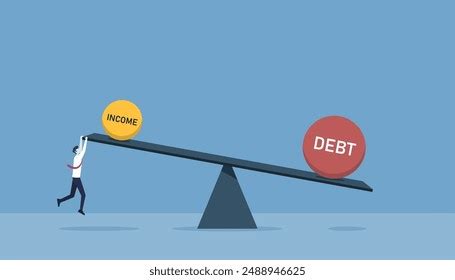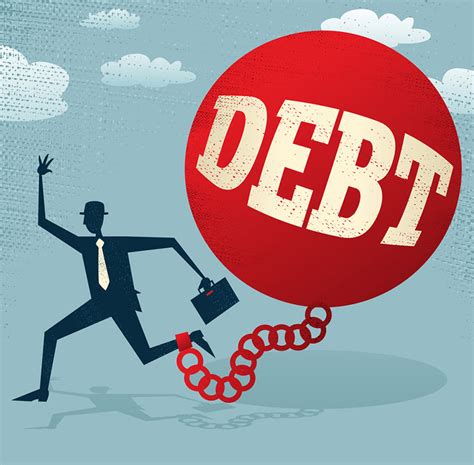The Perpetual Financial Tug-of-War for Men
For many men, the path to financial growth often presents a classic dilemma: should the focus be on aggressively paying down debt, or should capital be directed towards investing for future wealth? This isn’t a one-size-fits-all answer, but understanding the nuances of each approach is critical for maximizing long-term financial health and achieving financial independence.
While the principles apply universally, men often face specific pressures and societal expectations regarding providing and securing their financial future, making this prioritization especially poignant. Let’s dissect the components and forge a strategic path forward.

Understanding Your Debt Landscape
Not all debt is created equal. Before deciding on a strategy, it’s essential to categorize your liabilities:
- High-Interest Debt: This typically includes credit card balances, personal loans, and some payday loans. These debts often come with annual interest rates exceeding 15-20%, making them a significant drain on your financial resources. They are like a financial anchor, pulling down your ability to grow wealth.
- Low-Interest Debt: Mortgages, student loans, and auto loans often fall into this category. With interest rates usually below 7-8%, these debts are often considered “good debt” if they contribute to an appreciating asset (like a home) or enhance earning potential (like education).
The interest rate is your key metric here. The higher the rate, the more urgent its elimination.

The Power of Investing: Compounding Your Future
On the other side of the equation lies investing – the engine of long-term wealth creation. Through vehicles like stocks, bonds, mutual funds, ETFs, and real estate, your money has the potential to grow significantly over time, thanks to the magic of compound interest. Even modest, consistent investments can accumulate substantial sums over decades.
Investing allows your money to work for you, potentially outpacing inflation and building a substantial nest egg for retirement, a down payment, or other significant life goals. The earlier you start, the more time compounding has to work its magic.

Prioritization Strategies: A Situational Guide
1. The “Debt Snowball/Avalanche” Approach (Debt-First)
If you carry significant high-interest debt, prioritizing its eradication is almost always the financially sound choice. The guaranteed “return” you get from paying off a 20% credit card is effectively a 20% return on your money – a return that is hard to consistently beat in the investment markets without taking on substantial risk.
When to choose this: When you have credit card debt, high-interest personal loans, or other consumer debts with rates over ~8-10%. The “debt avalanche” (paying highest interest first) is mathematically superior, while the “debt snowball” (paying smallest balance first) can offer psychological wins.
2. The “Invest While You Pay” Approach (Hybrid)
For those with manageable low-interest debt (e.g., a mortgage at 3-5%, student loans at similar rates), a hybrid approach often makes sense. This involves making minimum payments on low-interest debt while simultaneously investing, especially if you have access to employer-sponsored retirement plans with a match.
When to choose this: When your debt interest rates are lower than the historical average returns of the stock market (typically 7-10% annually). Also, never forgo an employer 401(k) match – it’s free money, an immediate 100% return on your contribution.

3. The “Investing First” Approach (Aggressive Growth)
This approach is less common but can be suitable for individuals with virtually no high-interest debt and ample emergency savings, who are looking to aggressively grow their wealth. In this scenario, paying down low-interest debt ahead of schedule might mean missing out on potentially higher investment returns.
When to choose this: When you have zero high-interest debt, a robust emergency fund (3-6 months of expenses), and your low-interest debt rates are significantly below what you expect from your investments.
Factors Influencing Your Decision
- Interest Rates: The primary driver. High rates demand immediate attention.
- Risk Tolerance: Investing involves risk; paying off debt is a guaranteed return.
- Financial Goals: Are you saving for a down payment, retirement, or a child’s education?
- Emergency Fund: Always build this first before tackling debt aggressively or investing heavily.
- Psychological Comfort: Some men find immense relief in being debt-free, even if it’s not always the mathematically optimal choice.

Crafting Your Personalized Plan
Ultimately, the best strategy is a personalized one. Here’s a general framework for men seeking to prioritize for max financial growth:
- Build an Emergency Fund: At least 3-6 months of essential living expenses in a high-yield savings account. This is non-negotiable.
- Eliminate High-Interest Debt: Focus intensely on credit card debt, personal loans, etc. Treat this as your highest priority investment.
- Secure Employer Match: If available, contribute enough to your 401(k) or similar plan to get the full company match. This is free money.
- Address Low-Interest Debt vs. Broad Investing: Once high-interest debt is gone and your match is secured, assess the rates on your remaining debts (mortgage, student loans). If investment returns are likely to outpace your debt interest, lean towards investing (e.g., Roth IRA, taxable brokerage). If you prefer the certainty, or rates are higher, accelerate debt payoff.
- Automate Everything: Set up automatic payments for debts and automatic contributions to your investment accounts. Consistency is key.
By systematically evaluating your debt obligations against your investment opportunities, and understanding your personal financial psychology, men can confidently navigate this crucial financial crossroads and pave a clear path towards significant wealth accumulation.




